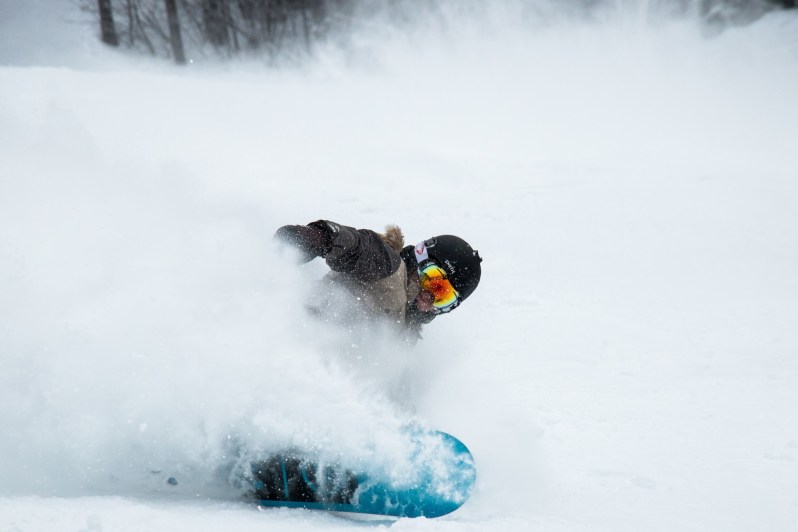
Snowboarding, like most adventure sports, starts off simple. You rent your snowboarding gear from the store and you head out on to the groomers. But before long, you crave a little more. You want to go further, faster, steeper, bigger, better. You want a snowboard that reflects your personality with the graphics, but also your riding style.
Nowhere is riding style reflected more than in snowboard shapes. Shape affects every aspect of a snowboard, from how it rides to who it suits. Once you understand shape and purpose, you can choose your perfect snowboard to keep you cruising, whether you’re a park rat, pow-slayer, or all-mountain chaser.
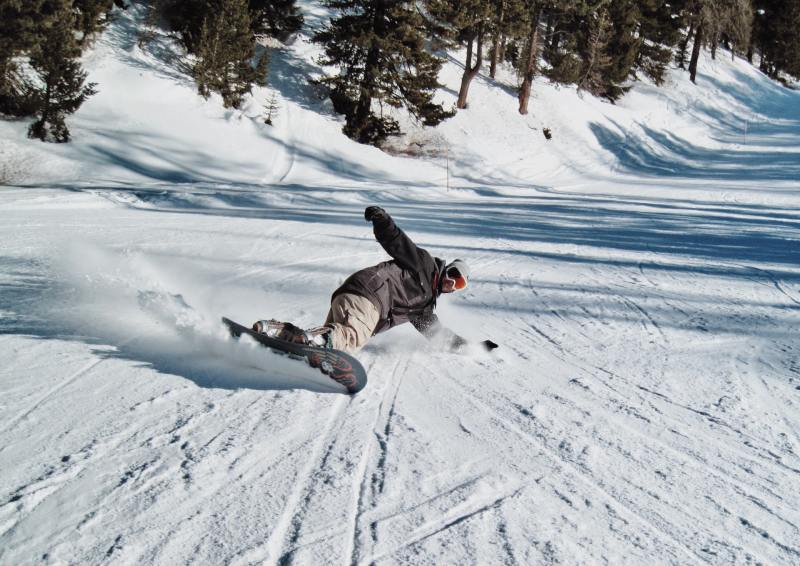
True Twin
The majority of snowboards handed out to beginners are true twin-shaped. This means that were you to cut the board in half across the middle — and we don’t recommend this — you would have two halves of a snowboard that were exactly the same. The twin format goes deeper than shape, though. These ends would be exactly the same in terms of flex, too.
This means that the true twin shape snowboard is equally at home being ridden in either direction. This makes true twin snowboards popular with freeride snowboarders who need a board they can land in switch on — with their wrong foot forwards. This is essential for anyone learning snowboard spins, or who wants to 180 off a rail. True twin is also a popular all-mountain shape thanks to its versatility.
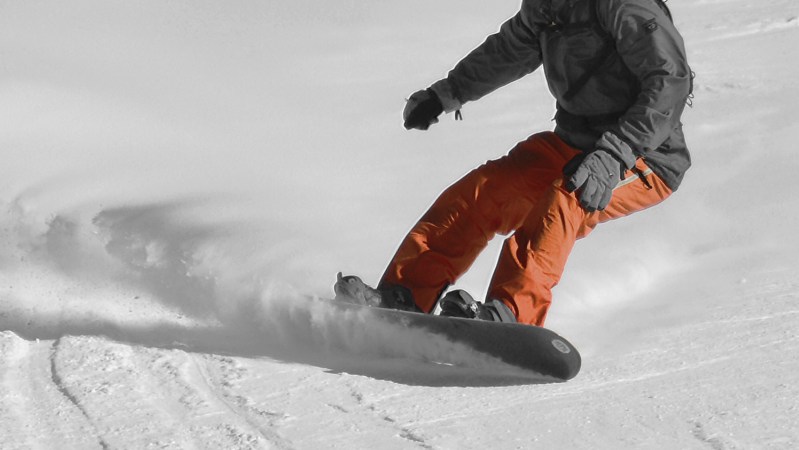
Directional Twin
This is where things start to get confusing. A directional twin may look just like a traditional twin on the surface, but there are subtle differences. They should be, too, because the whole point of a directional twin is to provide a balance of direction and switch riding that has made it so popular among all-mountain freeride snowboarders. Basically, it can be ridden both ways but performs a little better directionally.
The differences at either end are usually flex — with the front softer than the tail for increased pop and softer landings — and length. The length might be combined with a set back stance for those who want to take their directional twin into some deeper snow.
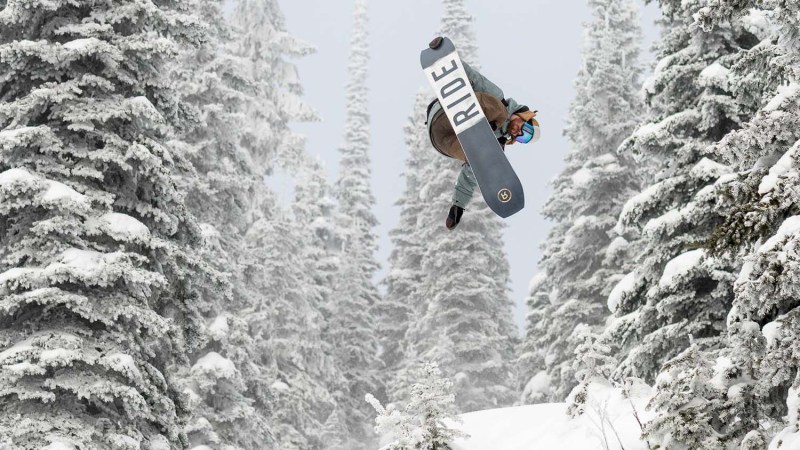
Directional
Let’s be honest, the clue is in the name here. These snowboards are designed to be ridden in one direction. That’s not to say that they can’t be ridden in switch, but if you’re going to ride in switch regularly, then these aren’t for you.
A directional snowboard always has a longer nose than tail and often these are different shapes, too. These are often slight shape differences, rather than the enormous swallow-tails that you see on a tapered directional snowboard. Add to this the varied flex at the front and rear, and you’ve got a board that can contend with all-mountain and backcountry terrain but also suits high-speed carving on groomers too.
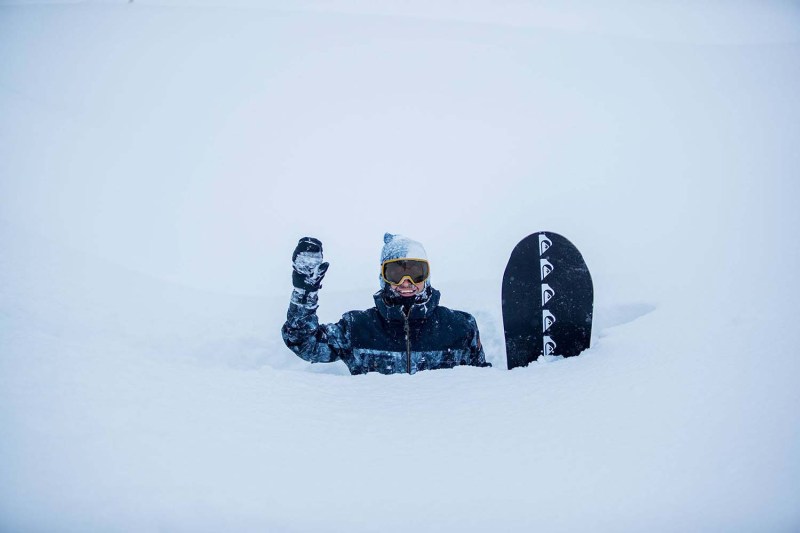
Tapered Directional
While directional snowboards are the same width at the contact points — where the bindings are — tapered directional snowboards are not. The front of a tapered directional snowboard is wider than the rear. This is often paired with a slightly more rockered and softer flex nose to help the board ride high through deep powder.
Tapered directional snowboards are the domain of the pow-slayer. These are the boards with the swallow tails, the short stature for whipping around trees, and the huge upturned noses.
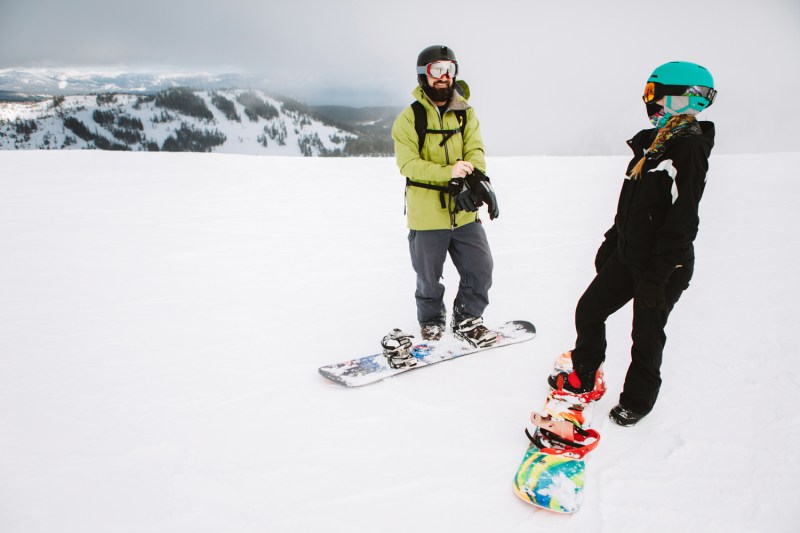
The 4 types of snowboard bindings explained, too
Not only are there four different snowboard shapes to choose from, but there are also four types of snowboard bindings to choose from as well. Here’s a quick breakdown:
- All-mountain: These are the most versatile type of snowboard bindings and are suitable for all types of riding. They are a good option for beginners and intermediate riders.
- Freestyle: Designed for riders who want to do tricks, freestyle bindings are usually stiffer than all-mountain bindings, which provides more stability when landing jumps.
- Powder: These bindings are exactly what they sound like — to ride powder. They have a wider stance, which provides more float in powder snow.
- Carving: For riders who want to do a lot of carving on their turns, this type of snowboard binding has a narrower stance, which gives more edge control.



